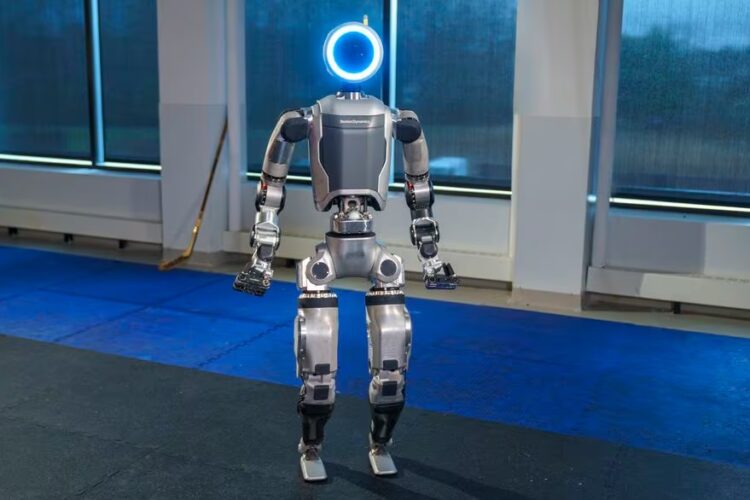Introduction:
Boston Dynamics‘ Atlas, the renowned humanoid robot, has made a significant leap in its evolution. This article explores the transformation of Atlas from a hydraulic-powered robot to an electric one, highlighting its advanced features and capabilities.
Atlas, the Boston Dynamics’ Atlas humanoid robot, was initially observed lying motionless on a set of interlocking gym mats. The only audible sound was the buzzing of an electric motor, a far cry from the noisy hydraulic movements of its earlier versions.
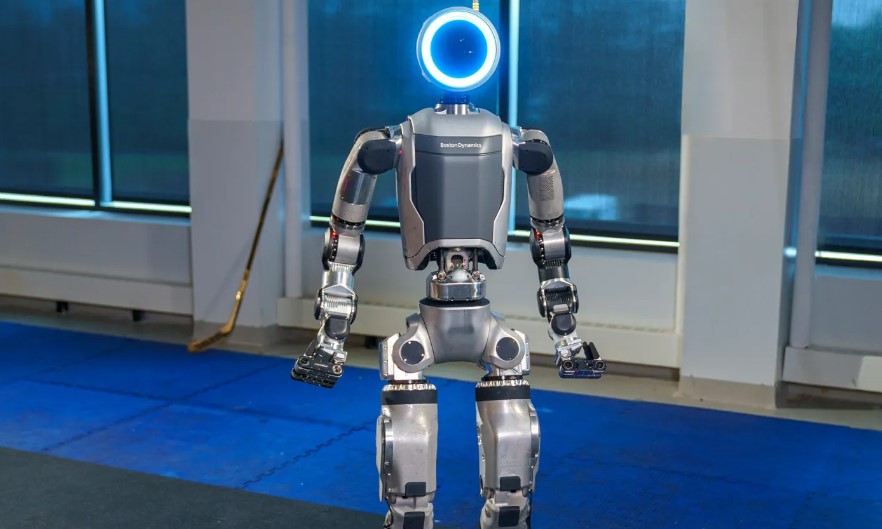
A camera captured Atlas as it began to move. Its robotic legs bent at the knees, a movement that started naturally but soon took on an eerily lifelike quality. This clever leg rotation allowed Atlas, which initially seemed to be lying on its back, to change its position.
As Atlas rose to stand, it did so with its back to the camera. Its head then rotated 180 degrees, followed by its torso. The camera got its first clear view of Atlas’ head, which featured a ring light around a perfectly round screen. The torso then followed the head’s rotation, and Atlas walked out of the camera’s view.
Boston Dynamics announced the transition of Atlas to an electric robot a day after retiring its hydraulic version. This change is akin to Bob Dylan’s famous switch to electric music. Atlas’ pace is brisk, and its steps, while still somewhat abrupt, are noticeably smoother than many recently introduced commercial humanoid robots. The confident stride of Atlas brings to mind its cousin, the Spot robot, which diverged from the humanoid lineage a few generations ago. This Atlas humanoid robot represents a significant step forward in the field of robotics.
All-New Atlas: Boston Dynamics’ Electric Humanoid Robot
The latest version of the Atlas humanoid robot from Boston Dynamics has undergone a significant transformation. The previously recognizable features such as the top-heavy torso, the curved legs, and the armored plating are no longer present. The new Atlas boasts a sleek mechanical skeleton, devoid of any exposed cables, marking a departure from its earlier design.
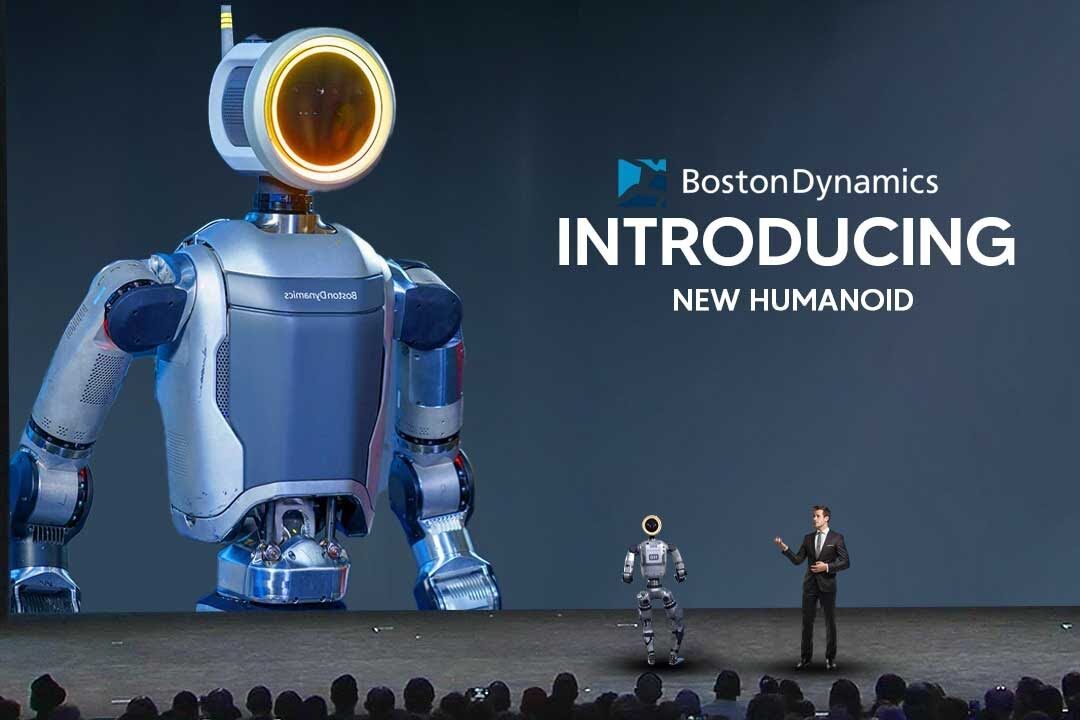
The aesthetic of the new Atlas is more in line with Agility’s Digit and Apptronik’s Apollo, featuring a softer, more animated design. The robot’s head resembles a traffic light, adding to its unique look.
Despite the significant changes, Boston Dynamics has decided to retain the original research name, Atlas, for this product, even as it moves toward commercialization. This is a break from their usual trend, as seen when SpotMini became Spot and Handle became Stretch. However, the company’s CEO, Robert Playter, has hinted that they might reconsider this decision when they are ready for mass production.
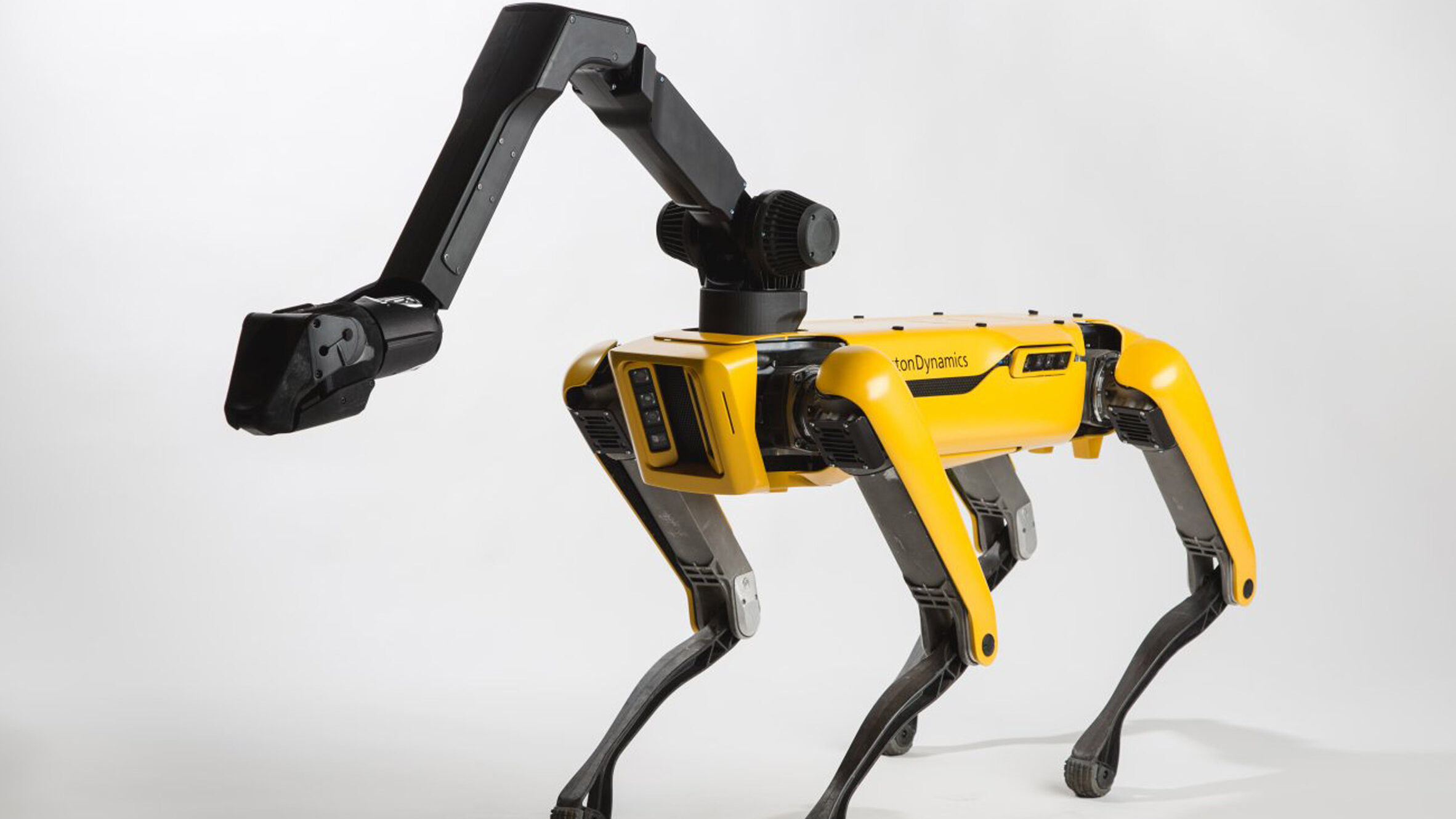
Playter’s comments reveal that the Atlas project is still in its early stages. The current plan for Boston Dynamics is to start pilot testing of the electric robot, Atlas, at Hyundai facilities early next year. Full-scale production is expected to follow a few years later.
Playter emphasized the importance of understanding the use case and ensuring sufficient productivity to justify the investment in a robot. He revealed that they have already started working with Hyundai and have their equipment on-site for the upcoming experiments. This collaboration marks a significant step in the development of the all-new Atlas.
Check: Colorful Images
Also Read: Nvidia’s GR00T: Humanoid Robots Challenge Tesla Optimus
Atlas Humanoid Robot: The 180-Degree Transformation
The most striking aspect of the 40-second teaser for the “All New Atlas” is the robot’s movements. It serves as a reminder that creating a humanoid robot doesn’t necessarily mean it has to mimic human movements perfectly. As an investor once pointed out, despite billions of years of evolution, humans are not perfect machines. So, when we create machines in our image, why not design them to perform tasks beyond our capabilities?
Boston Dynamics has equipped the Atlas humanoid robot with custom, high-powered, and highly flexible actuators at most joints. This provides a vast range of motion, packing the power of an elite athlete into a compact package. This power-packed package is utilized throughout the robot, enhancing its capabilities.

Boston Dynamics, known for its viral videos over the decades, often showcases the dance moves of its robots. However, it’s important to distinguish between what is merely for show and what is genuinely useful in an industrial setting. For instance, starting in a prone position allows Atlas to demonstrate its unique reverse crab leg trick. But it’s not just for show; it’s practical too. As seen in the farewell video of the hydraulic Atlas, falling is part of the job, and so is getting back up. Unlike most industrial robots that require human intervention when they fail, Atlas can dust itself off and resume work, significantly boosting productivity.
According to Playter, Atlas will be capable of a set of motions that humans aren’t, which will have very practical uses. The significant reduction in the robot’s turn radius is also crucial in tight spaces. These machines are designed to be brownfield solutions, meaning they are intended to be integrated into existing workflows in existing spaces. Increased maneuverability could be the deciding factor between working in a setting and having to redesign the layout. This Boston Dynamics Atlas represents a significant advancement in the field of robotics.
Check: Sad Quotes
Also Read: Reliable AI Tools For Your Daily Routine in 2024
Innovative Design Choices in Robotic Hands and Heads
The robotic hands featured in the video aren’t a new addition, having been seen before on the hydraulic model. However, they symbolize the company’s choice to deviate from strictly human-inspired design. The key difference is the choice of three fingers instead of four on the end effectors.
Hands are complex structures. When interacting with the world using actuators, it’s crucial to ensure reliability and durability. Therefore, these hands were designed with less than five fingers to manage their complexity. The goal is to develop hands that can grasp flexibly, adapt to various shapes, and have advanced sensing capabilities to detect contact.
The most debated part of the design internally was likely the head. Its large, round display resembles a cosmetic mirror. This design element caused much discussion. While many others opted for a humanoid shape, the aim here was to create something different – something friendly and inviting. The head not only serves as a display platform but also houses sensors. Its shape is intended to convey friendliness, which will be crucial for future interactions with these robots.
A New Era of Electric Robots: The Christmas Debut
The world of robotics has transformed significantly in the ten years since the introduction of the hydraulic Atlas. Now, the Electric Atlas is not alone, with humanoid robots from companies like Figure, Apptronik, Tesla, and 1X also making their mark.
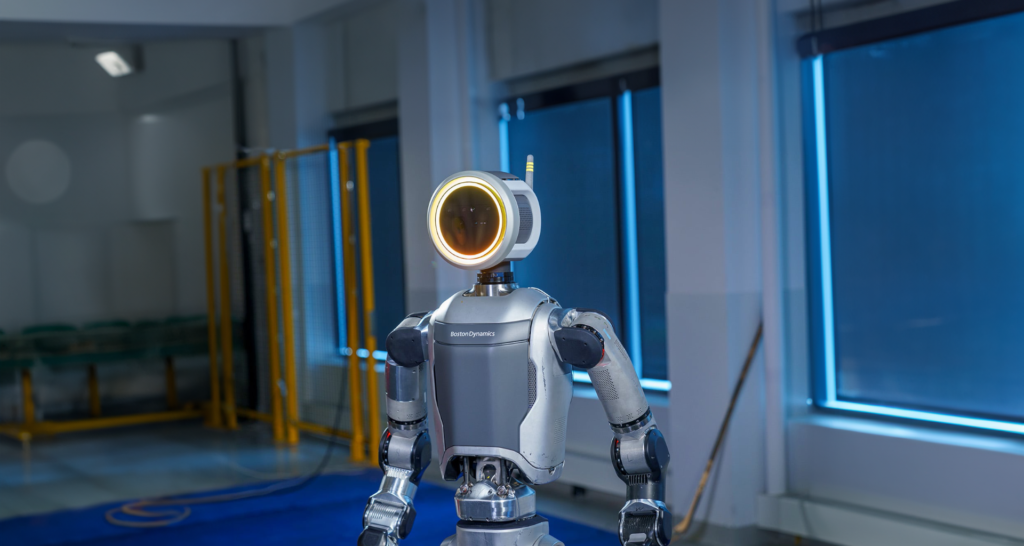
This field has seen a surge of interest, driven by three major events. Firstly, the acquisition of Boston Dynamics by Hyundai for nearly a billion dollars sparked a realization of the potential in this industry. Secondly, Tesla’s interest in manufacturing affirmed the long-standing efforts in this area. Lastly, the rise of AI as a tool to handle a wide range of tasks has made these advancements possible. The company has been cautious in making announcements, wanting to ensure they can solve manipulation problems and have confidence in the new generation of machines.
Despite Boston Dynamics’ early lead in humanoid robots, the company only completed the first build of the new robot around Christmas 2023. Before this, they were addressing many complex problems through simulations.
Now, it appears the company is ready to start demonstrating the robot’s capabilities, or at least the initial plans for the system.
Check: Attractive Pictures
Also Read: How AI is Replacing Humans in Mass Production Units
The Journey of General-Purpose Robots:
Elon Musk, the visionary behind Tesla, has big plans for Optimus, a robot that he envisions will be capable of performing a wide range of tasks. From working in factories to doing your grocery shopping and even cooking dinner, Musk’s dream is for Optimus to be a jack of all trades.
However, the reality of creating such a robot is a gradual process. While robotics companies are exploring the idea of “general-purpose humanoids,” these robots are currently being developed to perform specific tasks one at a time. For many, this involves transporting items from one location to another. To fully utilize the humanoid form, these robots will need to possess a broader range of intelligence.
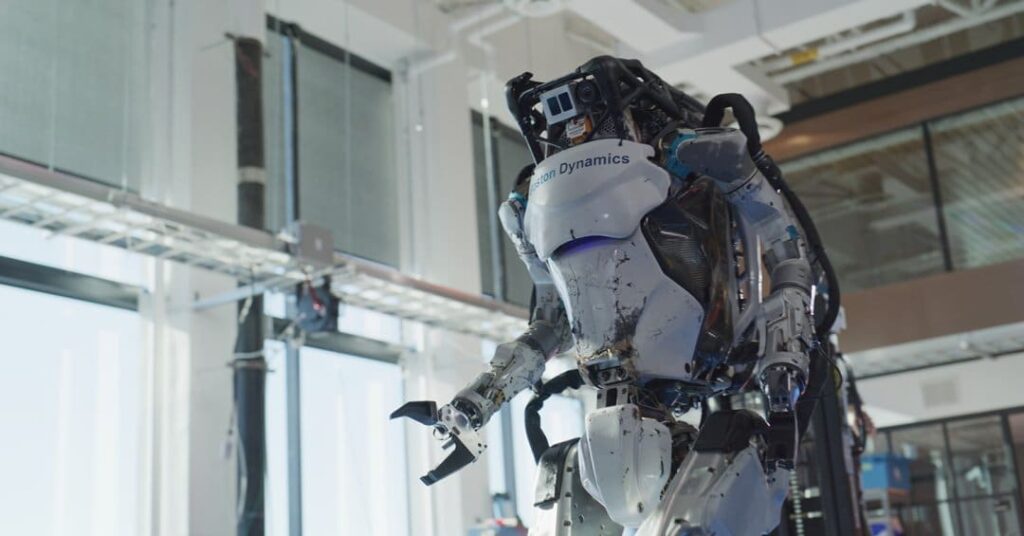
Some believe that an app store model, which allows developers to contribute to the robot’s capabilities, could be the key to achieving this. This approach has been successful in expanding the abilities of Boston Dynamics’ robot, Spot. However, Boston Dynamics has decided not to follow this model with their Atlas robot.
Instead, they plan to focus on developing a specific application for Atlas. They believe that this approach will allow them to progress more quickly, as they can concentrate on solving problems rather than relying on others to do so. Artificial Intelligence (AI) will play a crucial role in this process, enabling Atlas to perform a variety of tasks. Boston Dynamics has recently given developers access to Spot’s reinforcement learning algorithm. This development will be instrumental in expanding Atlas’ capabilities
The Future of Humanoid Robots: Beyond Box Handling
Playter suggests that for humanoid robots to truly excel, they need to go beyond just handling boxes. He believes that these robots should be capable of performing a wide variety of tasks. They should be able to use their two hands to lift and manipulate complex, heavy objects that a basic box-handling robot couldn’t manage. He envisions these robots performing hundreds of thousands of such tasks, moving away from the era of single-task robots. He cites ‘Stretch’ as one of the last applications where a robot solely moves boxes.
So, what’s next for the new Atlas on Hyundai’s exhibition floor? A video released by the company in February provides a clue. It shows the hydraulic version of Atlas interacting with car struts, a component of Hyundai vehicles. Playter highlights their long-standing expertise in dynamic mobility, which allows them to handle heavy payloads while maintaining excellent mobility.
He sees their strength in lifting heavy, complex objects as a unique selling point. For instance, the strut in the video weighs approximately 25 pounds. They plan to release another video showing Atlas performing more manipulation tasks with real-world objects. Playter is confident in their ability to accomplish this and notes that he hasn’t seen others achieving the same yet.
Check: Good Morning Quotes
Also Read: How Computers and Technology Changed People’s Lives
Source: techcrunch.com

